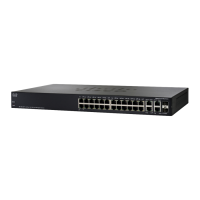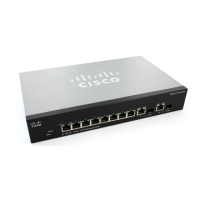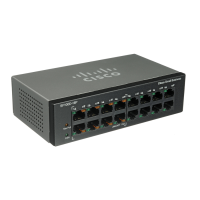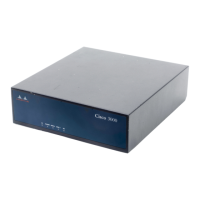DHCPv6 Commands
OL-32830-01 Command Line Interface Reference Guide 346
14
DHCPv6 Relay inserts the Interface-id option if an IPv6 global address is not
defined on the interface on which the relay is running. The Interface-id field of the
option is the interface name (a value of the ifName field of the ifTable) on which the
relay is running.
When relay service is running on an interface, a DHCP for IPv6 message received
on that interface will be forwarded to all configured relay destinations configured
per interface and globally.
The incoming DHCP for IPv6 message may have come from a client on that
interface, or it may have been relayed by another relay agent.
The relay destination can be a Unicast address of a server or another relay agent,
or it may be a Multicast address. There are two types of relay destination
addresses:
• A link-local Unicast or Multicast IPv6 address, for which a user must specify an
output interface.
• A global Unicast IPv6 address. A user can optionally specify an output
interface for this kind of address.
If no output interface is configured for a destination, the output interface is
determined by routing tables. In this case, it is recommended that a Unicast or
Multicast routing protocol be running on the router.
Multiple destinations can be configured on one interface, and multiple output
interfaces can be configured for one destination. When the relay agent relays
messages to a Multicast address, it sets the hop limit field in the IPv6 packet
header to 32.
Unspecified, loopback, and node-local Multicast addresses are not acceptable as
the relay destination.
Note that it is not necessary to enable the relay function on an interface for it to
accept and forward an incoming relay reply message from servers. By default, the
relay function is disabled, and there is no relay destination on an interface.
Use the no form of the command with arguments to remove a specific address.
Use the no form of the command without arguments to remove all the defined
addresses and to disable the relay on the interface.
Examples
Example 1. The following example sets the relay Unicast link-local destination
address per VLAN 200 and enables the DHCPv6 Relay on VLAN 100 if it was not
enabled:
